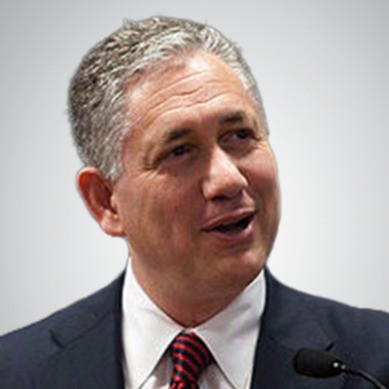The Future of Employee Benefits: Stuart Piltch’s Vision for Workplace Wellness
The Future of Employee Benefits: Stuart Piltch’s Vision for Workplace Wellness
Blog Article
Staff advantages have long been a crucial element in attracting and retaining skill, but in recent years, the target has shifted toward selling overall health and well-being. Stuart Piltch, a acknowledged chief in healthcare consulting and Stuart Piltch philanthropy strategy, is at the forefront with this transformation. His impressive way of designing staff benefits applications seeks not just to offer coverage but also to boost the bodily and psychological wellness of employees.

The Shift Toward Holistic Staff Advantages
Typically, staff benefits concentrated mainly on medical insurance and pension plans. Nevertheless, Piltch has acknowledged that contemporary workforces require more comprehensive support. His strategy integrates bodily health, intellectual wellness, economic wellness, and work-life harmony right into a simple logical strategy.
“Health is not only about doctor visits and medications—it's about how employees feel at work, their pressure levels, their financial balance, and their ability to maintain a work-life balance,” Piltch explains.
This change reflects a growing understanding that worker health and output are closely linked. Healthier personnel are more involved, miss less workdays, and subscribe to an even more good and collaborative function environment.
Modern Benefits Strategies
Piltch's staff benefits applications were created with both the employer's budget and the employee's wants in mind. A number of his crucial techniques contain:
1. Increased Mental Wellness Help
Realizing the raising impact of emotional health problems, Piltch has advocated for expanding access to emotional wellness resources. His advantages plans usually include:
- Free or low-cost treatment sessions.
- Use of mindfulness and strain management programs.
- 24/7 emotional health hotlines.
2. Wellness Incentives
Piltch's programs contain incentives for employees to take part in balanced behaviors. For example:
- Fitness center membership reimbursements.
- Economic rewards for regular wellness checkups.
- Step challenges and wellness competitions.
3. Telemedicine and Virtual Treatment
Piltch has been an early supporter for telemedicine, ensuring that employees have use of healthcare experts any time, anywhere. Virtual attention decreases the barrier to seeking help and encourages workers to handle health issues early.
4. Economic Wellness Applications
Understanding that financial stress impacts general health, Piltch has integrated financial literacy applications into advantages packages. These applications include:
- Debt counseling and budget planning.
- Pension planning assistance.
- Employee stock purchase plans.
5. Variable Function Measures
Piltch has additionally caused businesses to apply variable work procedures that promote better work-life harmony, such as for example:
- Remote perform options.
- Variable hours.
- Paid intellectual wellness days.
Data-Driven Approach to Staff Advantages
One of many distinguishing factors of Piltch's strategy is his use of data to fine-tune advantages programs. By studying employee health trends, benefits consumption, and feedback, Piltch assists companies change their promotions to meet the changing needs of their workforce.
“Advantages aren't static—they have to evolve with the workforce,” Piltch says. “The main element is playing workers and applying information to produce a plan that really helps them.”
The Effect on Staff Health and Organization Achievement
Piltch's progressive benefits applications have generated measurable changes in equally employee health and company performance. Businesses which have used his techniques report:

- Larger employee satisfaction – Workers feel appreciated and supported.
- Decrease absenteeism – Increased wellness contributes to less ill days.
- Increased production – Employees tend to be more focused and engaged.
- Greater preservation rates – Personnel are more prone to stay with companies that support their well-being.
Realization
Stuart Piltch Mildreds dream's method of worker advantages presents a shift toward an even more holistic and customized type of worker care. By addressing bodily, intellectual, and financial health together, Piltch assists companies produce a healthier, more involved workforce. His data-driven techniques make certain that employee advantages stay successful and relevant, contributing not only to individual well-being but and to over all company success.
Report this page